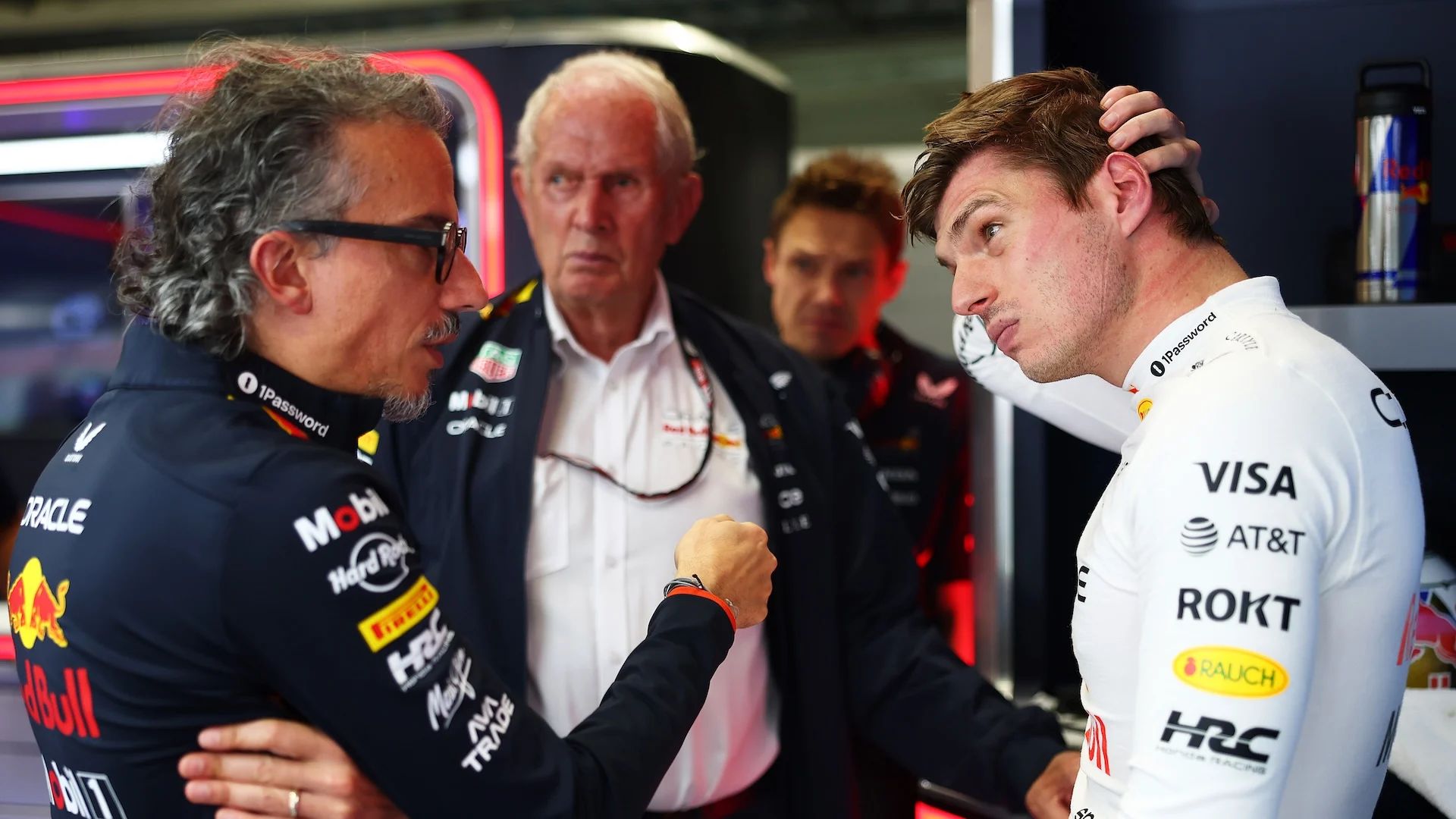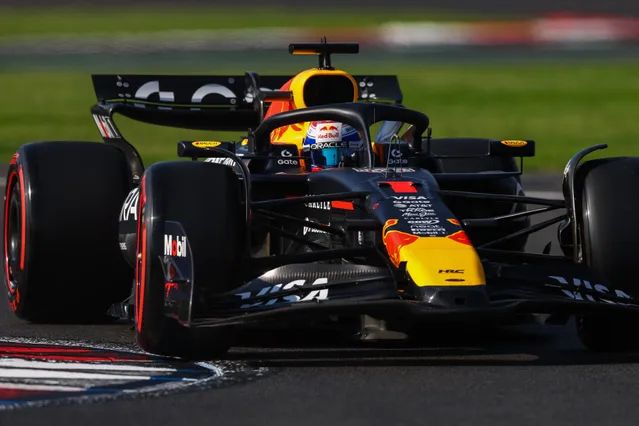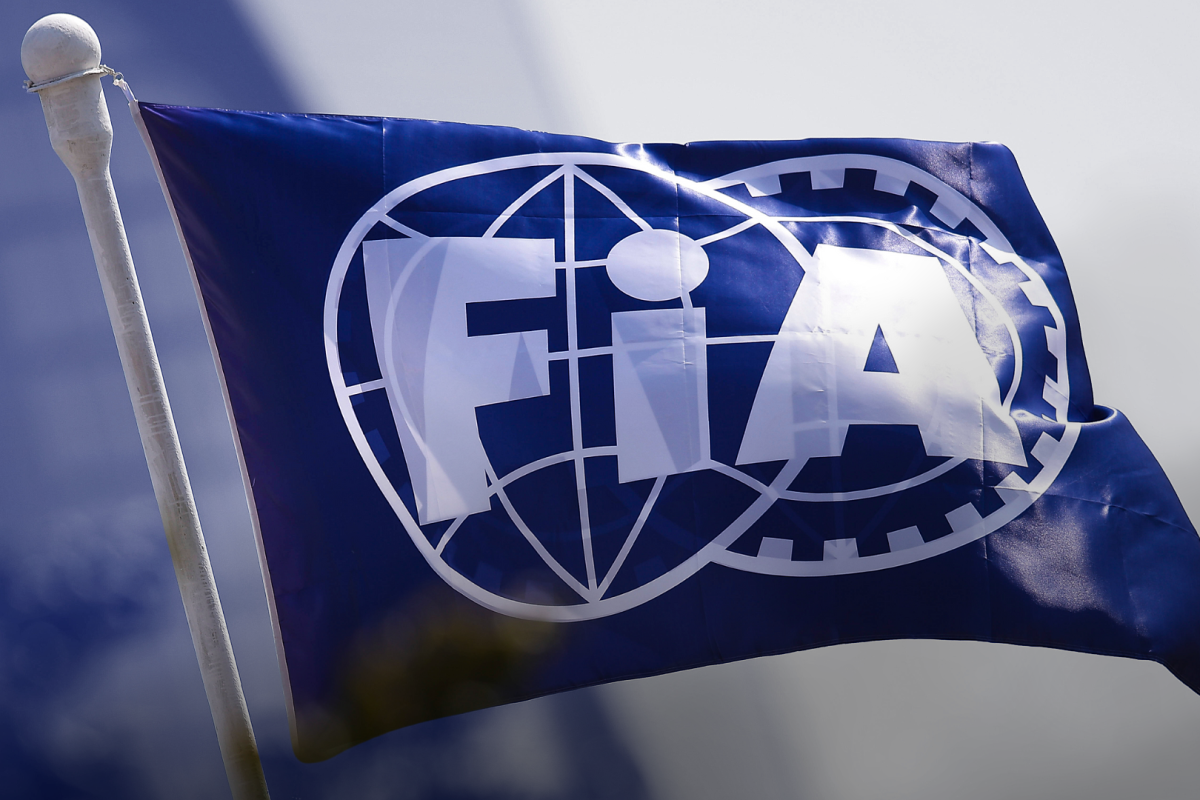FIA Disqualification Fallout Continues to Haunt Hamilton and Ferrari’s 2024 Season
The aftershocks of Ferrari’s costly double disqualification at the 2024 Chinese Grand Prix are still being felt across the Formula 1 paddock. Sky Sports F1 analyst Ted Kravitz has recently shed light on how the incident, which saw both Ferrari drivers—Lewis Hamilton and Charles Leclerc—stripped of their points, may have triggered a prolonged slump in performance, particularly affecting Hamilton. What once seemed like a singular technical misstep is now being seen as a turning point that could be shaping Ferrari’s strategy, car setup, and psychological state.
Back in March, the Chinese Grand Prix had appeared to be a positive step forward for the Scuderia. Both Hamilton and Leclerc finished in the points, signaling potential progress for the iconic team and raising hopes of a more competitive season. That optimism, however, was abruptly shattered after post-race scrutineering uncovered violations of Formula 1’s strict technical regulations. The inspection revealed that both Ferrari cars were non-compliant, with issues linked to car weight and—more critically—plank wear.
Plank wear is a key metric in ensuring safety and fairness in F1. It refers to the degree of abrasion on the wooden skid block attached to the bottom of each car. Excessive wear often indicates that a car has been running too close to the ground—improving aerodynamics and speed, but also breaching FIA regulations. In Ferrari’s case, both cars were found to have worn planks beyond the allowable limit, resulting in their immediate disqualification from the race.
This double blow was not only a competitive setback but also a public embarrassment for a team striving to reclaim its status at the top of the sport. In response, Ferrari initiated an internal investigation and issued a formal apology to fans, pledging to tighten their procedures and ensure compliance with all technical standards moving forward.
Since that incident, Lewis Hamilton’s form has noticeably dipped. The seven-time world champion has repeatedly expressed confusion and frustration over the car’s sudden lack of competitiveness. Despite his best efforts, Hamilton has struggled to match the pace of the front-runners and has finished several races well outside the top spots. In interviews, he has openly admitted that the car has felt fundamentally different since Shanghai, and he remains uncertain about the root cause of the problem.
Kravitz offered a potential explanation during a recent episode of the Sky Sports F1 podcast. According to him, the disqualification may have forced Ferrari to make a significant compromise in car setup. “China was competitive,” Kravitz observed. “But after the double disqualification—due to car weight and particularly plank wear—they’ve likely had to raise the ride height.”
Raising the car even slightly can have a substantial impact on aerodynamic performance. Running low to the ground helps generate downforce and reduces drag, both critical to lap time. However, the risk is exceeding the allowed plank wear, which can result in disqualification—as Ferrari learned the hard way. To prevent a repeat, Kravitz believes Ferrari may now be taking a more conservative approach, sacrificing optimal setup for the sake of regulatory safety.
This cautious stance, while understandable from a team-management perspective, could be having far-reaching consequences on track. “Lewis even said, ‘We haven’t been competitive since China,’” Kravitz added. “That might be because they can’t afford to run the car as low as they’d like anymore. The fear of another disqualification could be holding them back.”
Such a fear-driven adjustment might explain why Ferrari’s performance seems to have plateaued—or even declined—despite continued upgrades and developments. Instead of pushing the limits to extract maximum speed, the team may now be operating within a narrower, safer margin, unwilling to risk another infraction that could derail their championship hopes.
For a team of Ferrari’s pedigree, that kind of compromise is difficult to accept. Every tenth of a second counts in Formula 1, and if the team’s response to the Shanghai fiasco has forced them to abandon their ideal setup, it could be the reason they’re lagging behind their rivals. In Hamilton’s case, the inability to regain his competitive edge may be linked more to technical restrictions than personal performance.
As the season progresses, all eyes will be on whether Ferrari can adapt without sacrificing speed—or if their cautious approach continues to cost them vital ground in both the drivers’ and constructors’ standings. What started as a regulatory stumble may now be the anchor slowing Ferrari’s entire 2024 campaign.



